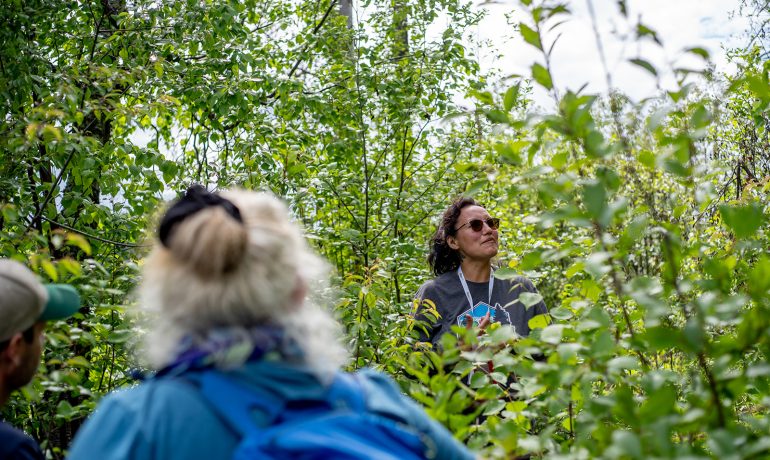The BC Community Forest Association has released the results of the first annual survey of community forests in a report called, ‘Measuring the benefits of Community Forests.’
Jan McMurray, Valley Voice, New Denver BC. February 11, 2015 and scroll down to page 3
“We were really excited to see that community forests are creating 50 percent more jobs per cubic meter than the industry average,” said Jen Gunter, executive director of the association. She also highlighted the finding that community forests contribute $1.6 million on average to their local economies, most of which have populations of 3,000 or less.
“Over the years, we’ve told stories about the great things community forests are doing for their communities, and it became evident that it would be helpful to support that narrative with some data,” said Jen Gunter, Executive Director of the BCCFA. So, the association started the work involved in creating the survey. Gunter reports that the process took a year and a half.
The survey was sent out to the BCCFA’s 32 operating member community forests last summer, and only 16 took part – but Gunter indicated that this wasn’t surprising for the first year. She says summertime was not the best time to ask community forest managers to complete a survey, but “we were so eager to launch the survey and get the first round of data, so we agreed to get what we could and acknowledge that we will work towards greater participation. We hope to have 100 percent in time,” she said. The Kaslo, Nakusp and Harrop/Procter community forests all took part in the first round.
From now on, the Association plans to circulate the survey in early spring, hopefully coinciding with spring break up. “Now that we’ve got the survey in place, it will go quicker and easier on an annual basis,” she said. “Our intention is that it not be daunting for community forests to fill out.”
To create the survey, the association pulled together an advisory group with representatives from the member community forests, the Ministry of Forests, Lands and Natural Resources, and academic advisors. “It was a very inclusive process, with a lot of people engaged,” she said.
The advisory group came up with a list of 18 indicators that demonstrate the economic, environmental, social and cultural benefits that community forests bring to their communities and to the province. “We didn’t just look at the economic benefits – we looked at the social, environmental and cultural benefits as well, because we recognize that community forests are managing for multiple values in their communities,” said Gunter.
For example, in the Kootenays, trail building is one of the social benefits that community forests can provide in their communities. The survey found that community forests invested an average of $20,000 in recreation and built or maintained 19 km of trail. In total, respondents built or maintained 260 km of trail in the reporting period.
Gunter also commented that although the survey found that 65 percent of the community forest land base is sensitive, it would be closer to 100 percent in the Kootenays, where the community forests are almost all in consumptive use watersheds. “So you look at that statistic with the success they are having meeting their cut control and supplying logs to market, and that speaks to the success of their operations as well as to the social licence they have.”
Related Post
As Published in Canadian Forest Industries Magazine, Pulp & Paper Magazine and Canadian Biomass Magazine
Jennifer Gunter’s Op Ed, “Community Forests: Rooted in Community,
Minister of Forests Mandated to Expand BC’s Community Forest Program
In the recently released mandate letter to the Minister



